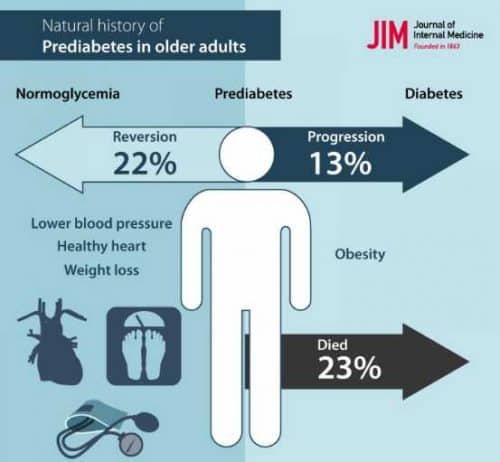An estimated 25.8 million Americans have diabetes. Another 79 million are thought to have "prediabetes," meaning they are at risk of developing type-2 diabetes.
Now Dr. Nataly Lerner of Tel Aviv University’s Sackler Faculty of Medicineand her colleagues have discovered that a simple blood test reveals an individual’s risk of developing type-2 diabetes before they develop either condition — far earlier than previously believed. The findings, published in the European Journal of General Practice, could help doctors provide earlier diagnosis and treatment. Dr. Michal Shani and Prof. Shlomo Vinker of the Sackler Faculty of Medicine and Clalit Health Services collaborated on the study.
“Our study supports the idea that the A1c test, used to diagnose type-2 diabetes, can also be used at a much earlier stage to screen for the disease in the high risk population, like overweight patients,” said Dr. Lerner.
Testing the test
In healthy people, glucose is absorbed from the blood for use by various tissues. But the cells of people with type-2 diabetes are resistant to insulin, which is produced by the pancreas and is central to regulating carbohydrate and fat metabolism in the body. These individuals have higher-than-normal blood glucose levels. People with prediabetes have blood glucose levels somewhere between normal and diabetic.
Blood glucose can be directly tested in several ways, but these tests only provide a snapshot. To get a picture of blood glucose levels over time, doctors test for levels of glycated hemoglobin, or A1c, in the blood. When blood glucose levels are high, more A1c is formed. So A1c serves as a biomarker, indicating average blood glucose levels over a two- to three-month period.
The A1c test has long been used to monitor type-2 diabetes. And in the past few years, the American Diabetes Association and World Health Organization have added the test to their guidelines as a criterion for diagnosing type-2 diabetes. According to the ADA, having an A1c level of 6.5 percent or more is an indicator of the disease and an A1c level of between 5.7 and 6.4 percent is an indicator of prediabetes. As a bonus, the test is simpler to administer than the most common blood glucose tests, requiring neither fasting nor consuming anything.
To evaluate the A1c test’s ability to screen for diabetes in high-risk patients, the researchers analyzed the medical history of 10,201 patients who were given the test in central Israel between 2002 and 2005. They found that overall, 22.5 percent of the patients developed diabetes within five to eight years. Patients with A1c levels as low as 5.5 percent — below the official threshold for diagnosing diabetes were significantly more likely to develop diabetes than patients with A1c levels below 5.5 percent. Every 0.5 percent increase in A1c levels up to 7 percent doubled the patients’ risk of developing diabetes. Obesity also doubled patients’ risk of developing diabetes, the researchers found.
Risk management
“We were actually able to quantify how risk increases with A1c levels,” said Dr. Lerner. “This could allow doctors to make more informed decisions regarding diabetes prevention.”
The study, one of the most comprehensive of its kind, provides compelling new evidence that the A1c test can accurately gauge risk at an earlier stage than is currently recognized. In combination with blood glucose tests and the identification of risk factors — like family history, poor diet, lack of exercise, and obesity — the test could help doctors provide earlier treatment. In some cases, lifestyle changes or medication could head off the disease, which is difficult or impossible to cure once developed.
Source: AFTAU








